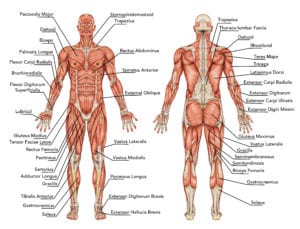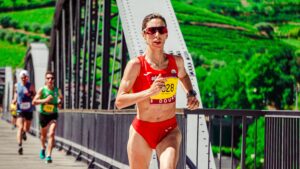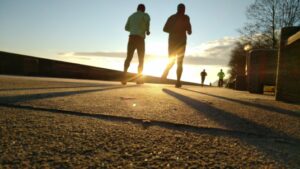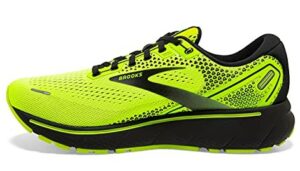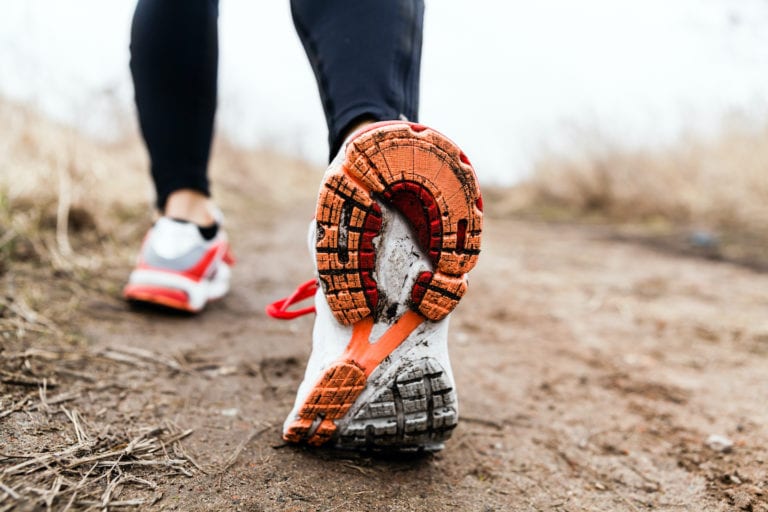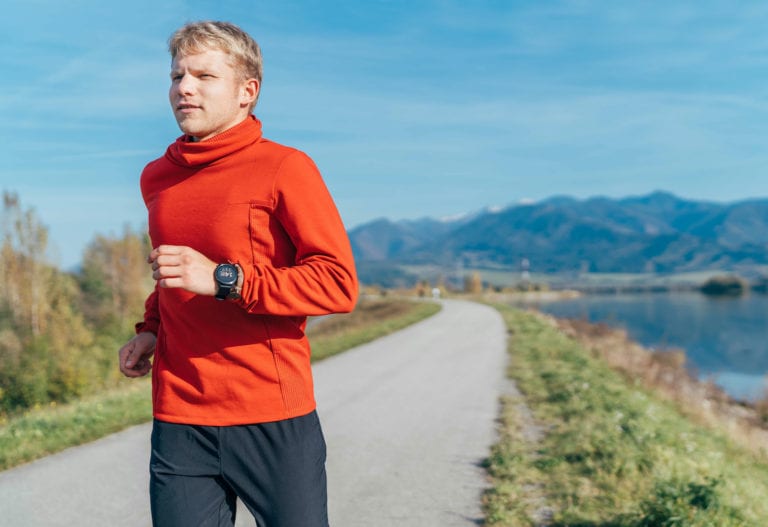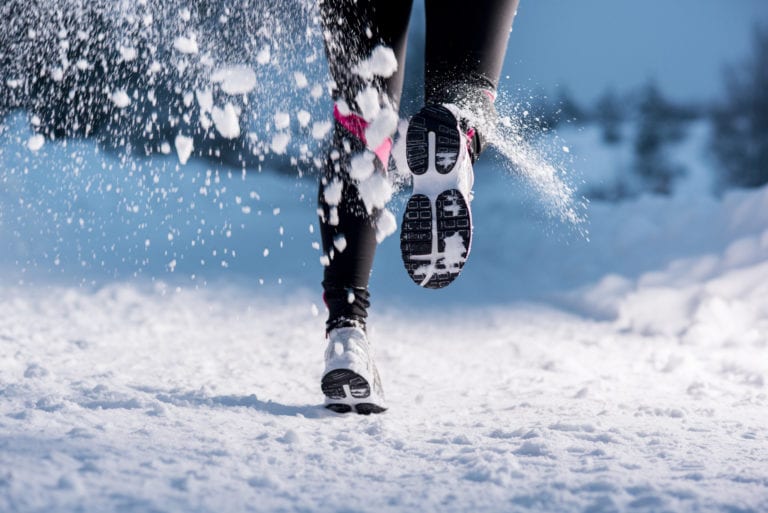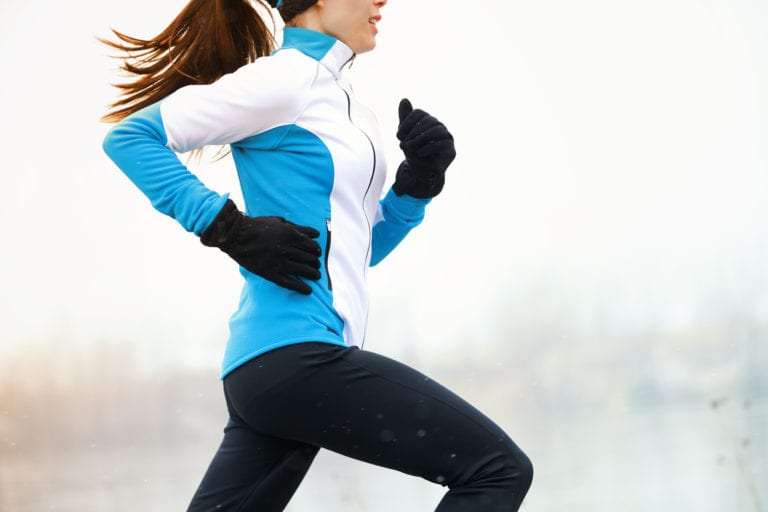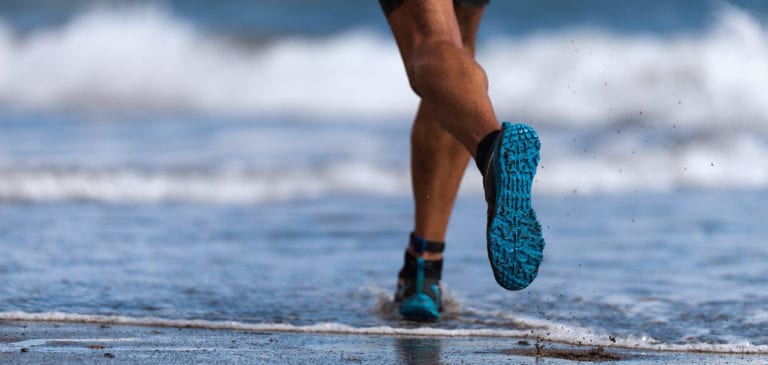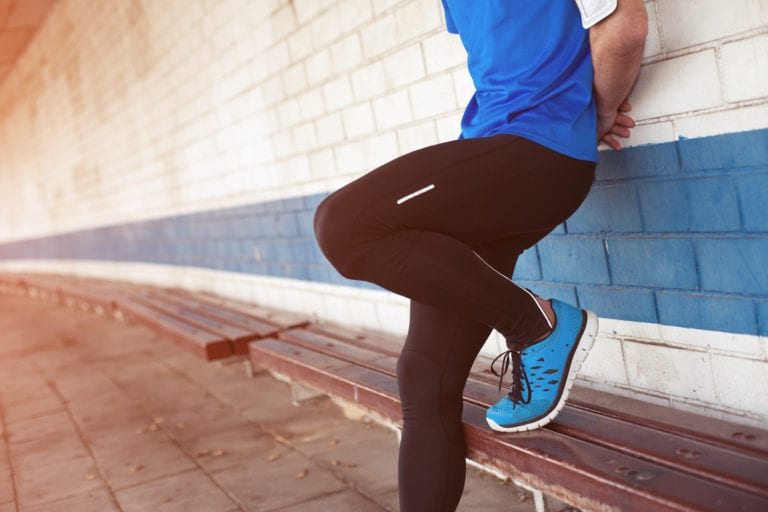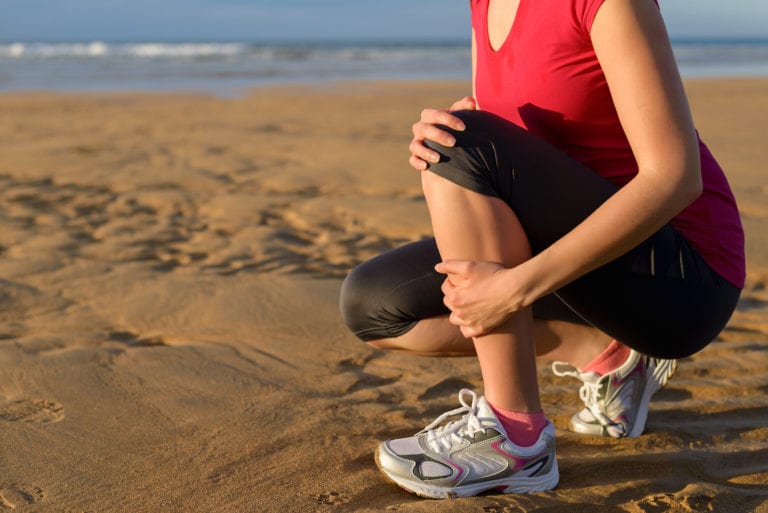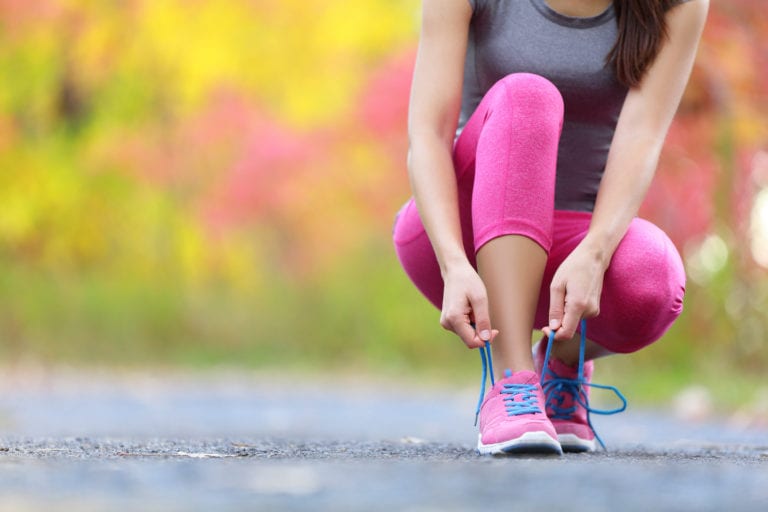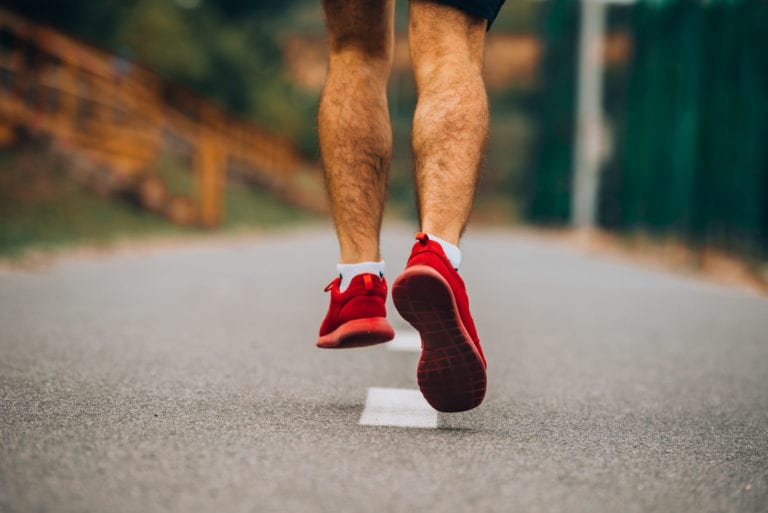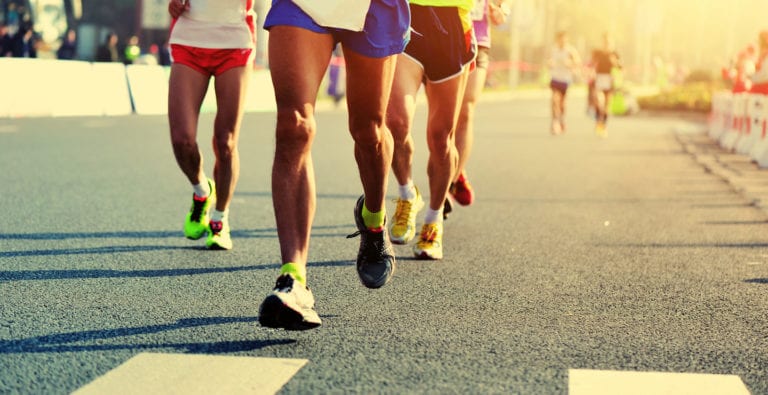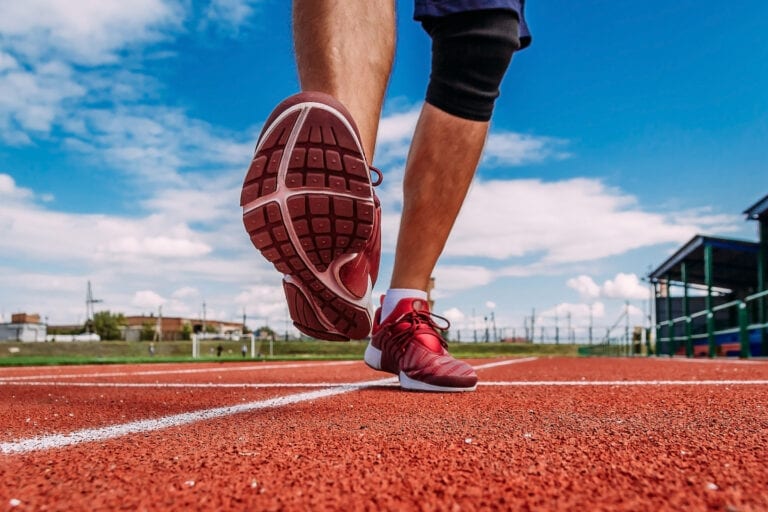Stretching is one of the key elements of warming up and cooling down, regardless of the type of workout you do. For running, static stretches are great for relaxing warm muscles and bringing down your heart rate. And these are the stretches we’re most familiar with – the classic quadriceps stretch while standing on one leg or pushing against a wall to stretch your calf muscles.
However, there’s more to stretching than cooling down. Dynamic stretching combines the actual stretch with some movement, getting your blood flowing into your muscles and preparing you for exercise.
Why and how should you do dynamic stretching when running? Dynamic stretches have been linked to a reduced risk of injury, better range of movement during your runs, and an optimal warm-up before exercise. They’re quite different from static stretching and should be done before working out to wake up your body and get yourself ready for action.
Here’s what we’ll cover in this article:
- The difference between dynamic stretching and static stretching;
- The benefits of dynamic stretches for your run;
- Some key stretches to include in your warm-ups.
What Is Static vs Dynamic Stretching?
Static stretching involves holding a position without moving it at all. This can involve lying flat on your back, bending over, reaching behind your head, etc., but doesn’t require any kind of active movement. These stretches are the ones we normally think of when we consider cooling down from exercise and relaxing our body and tired muscles.
On the other hand, dynamic stretching requires that you move through a full range of motion as part of the stretch itself. It refers to a series of movements adapted to the type of exercise you’re about to do. Dynamic stretches can even refer to moves like high knees and bum flicks, which get your legs moving in an extended motion range, thereby pumping blood into the muscles and “waking them up.”
In our article about stretches for runners, we covered why stretching is good for runners and how to stretch after a run to cool down properly and recover. So, head on over there to learn more about static stretching after a run. We’ll cover dynamic movement for the rest of this article.
Benefits of Dynamic Stretching
Performed as part of your warm-up, the purpose of dynamic stretching is to get your body moving, without holding down a stretch for a long period of time. Instead, think of these movements as activating your key muscle groups, which will help avoid any injuries caused by sudden pressure on muscles and ligaments. Here’s why you should do dynamic stretches before your runs.
Raise heart rate gradually
As part of your warm-up, you should always do a light jog first to increase your heart rate from completely static to Zones 1-2. This will then help you switch to more intense efforts if you’re doing an interval or tempo session.
By adding in some specific dynamic movements like arm circles, walking lunges, leg swings, etc., you keep your heart rate in those Zones 1-2 without pushing too much too quickly. It’s a great way to ready yourself for tougher training.
Activate muscles
Aside from increasing heart rate, dynamic stretching activates the muscles you’ll be using during your run. For example, for trail runners, doing “skater lunges” where the legs criss-cross while moving forward prepares the core for the changing terrain encountered on the trails. Similarly, high knees and bum flicks exaggerate the range of motion required to sprint, so they loosen up your legs for better running form.
Increase range of motion
Studies show that performing dynamic stretches increases your muscles’ range of motion. Doing an inchworm exercise or a walking lunge helps release tension from sitting down at the office or being static all day. As a result, your muscles will feel more prepared for running, and you lower the risk of injury that can be caused by going straight into a run.
Improve body awareness
This is linked to optimal performance and switching between our natural environments. When we spend our days at work or at home, doing anything but running, our body is used to performing in a specific pattern. Going from that to running can be a shock to the system, physically as well as mentally.
Performing a quick dynamic stretching routine switches your mind to the exercise you’re about to do, drawing the line from “sedentary” to “active” you. Besides, it helps make you aware of any niggles or possible discomfort so you can adjust your workout if you need to.
Develop flexibility
As any stretch, dynamic stretches can improve your flexibility overall. Warming up and stretching some of the key areas that get pounded during a run (like the hip flexor or calf muscles) while also loosening your upper body and relaxing tension from the day can contribute to better flexibility overall.
Dynamic Stretching Exercises to Warm Up with before your next Run
Here’s a quick routine that can add some flexibility to your running training while raising your muscle temperature and getting you ready for the workout ahead. Perform this as part of your warm-up after a 10-15 minute easy run, and follow with a cool-down static stretching routine.
High knees and bum flicks
To wake up your calf muscles, hamstrings and glutes, do a set of 20-30 high knees while keeping your back straight and your gaze looking up and ahead. Make sure your upper body isn’t hunching over while your knees point upwards with every step.
Then do a set of 20-30 bum flicks, which exaggerate the range of motion you should be doing when you’re running well.
Arm and shoulder rotations
When warming up for your run, you should never neglect the upper body. Good running form requires us to keep upright and relax our shoulders and arms, but too often, runners end up hunching over and putting unnecessary strain on this part of our body. The impact on performance may not be immediate, but it takes its toll over the long run.
Do 3-4 rotations backward, then forwards, of your shoulders, then your arms. Finish off with “windmills” – rotating your arms randomly back and forth.
Walking lunges and lunge with rotation
For a good hip stretch and to activate your whole leg muscles, take 6-8 steps lunging forward, finishing off with rotations on your last 2 lunges. This means landing on your front foot, then rotating in both directions while keeping your back upright and your knees pointing forward.
This stretch will also activate your core muscles, which are so important for stability and good running form.
Low lunge with twist
Graduate from walking lunges to a low lunge where you position your hands on the floor, either side of your front leg. Rock gently forwards and backward, feeling the stretch in your hip flexor. Then, keeping one arm on the ground, rotate towards the opposite direction, lifting your arm above your shoulder, pointing to the sky. Follow it with your gaze. Repeat the same for the other hand on the ground, then both twists with the other leg forward.
You’ll notice that you’ll be more flexible on one side than the other. You should feel a good stretch in your hip flexors and all across the side of your body, as well as in your quad muscles. Ensure that your knees don’t collapse inwards throughout the movement.
Push-ups with rotation
Another stretch with a twist! Do 10 push-ups where, upon lifting up from the ground, you rotate your core to one side, alternating on each push-up. This will help decrease muscle stiffness in your upper body and activate your core.
Leg swings and calf raises
Finally, perform a few leg swings on each leg, from forward to back and side to side. Hold on to a wall or fence for added stability if you need to. Then, from a standing position, go up on tiptoes and hold yourself there for 3-5 seconds, up to 10 times. This will get your calf muscles warmed up and ready for a faster or hillier session.
Inchworm
This is a great whole-body dynamic stretch. Start by standing with feet hip-width apart, then bend forward from your waist, aiming to touch your toes (don’t force it, go as much as your flexibility allows). If you need to, bend your knees so you can put your hands on the ground, then walk your hands forward until you reach a high plank position.
Hold this high plan for a few seconds, then walk your hands back towards the start. Repeat continuously for one minute.
Advanced dynamic stretches
Depending on your fitness level, how much time you have, and the type of session you’re preparing to do, you can do a few more dynamic stretching exercises, including:
- Burpees;
- Jump squats;
- Jump lunges.
These are a bit more demanding and need some warming up beforehand. If you want to add them to your dynamic stretching protocol, make sure you do them after the previous exercises.
Why Dynamic Stretching is Good for your Running
By getting your body ready for your session and reducing the likelihood of injury during your run, dynamic stretches are a great addition to your warm-ups and will make you a stronger, healthier runner.
You don’t need to be an expert in stretching techniques to do any of these, but make sure you start off by warming up properly, then performing the suggested stretches within your current abilities. In time, your range of motion will increase, and you should see results with your running, too!

